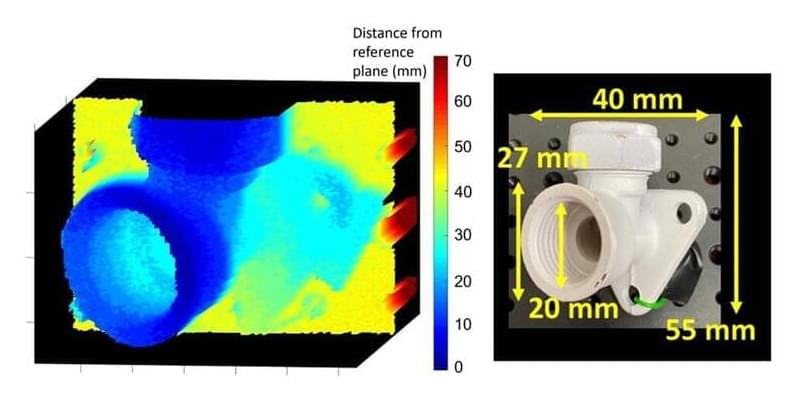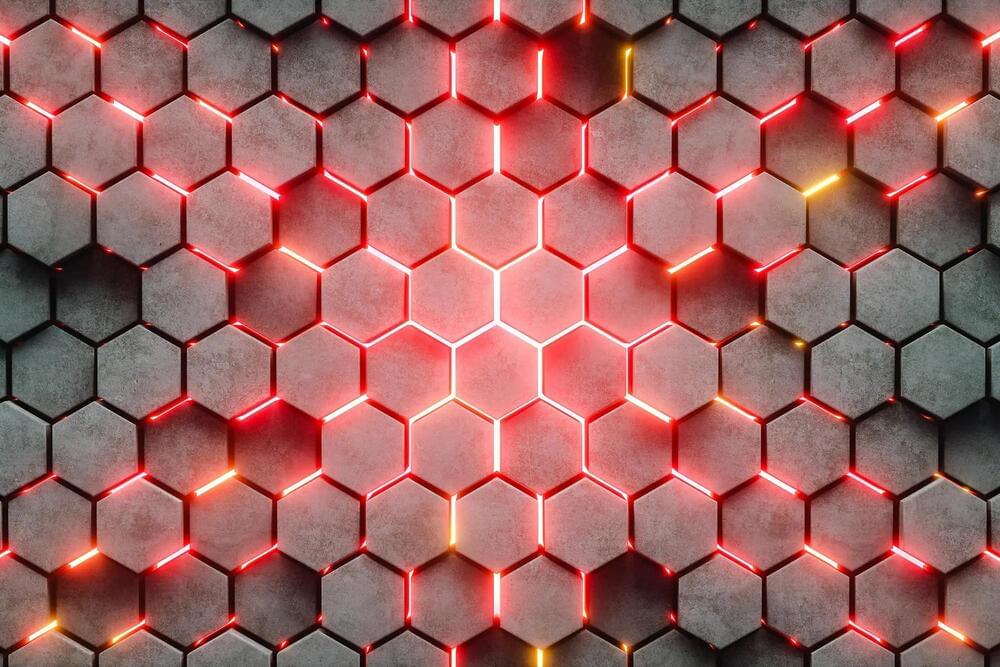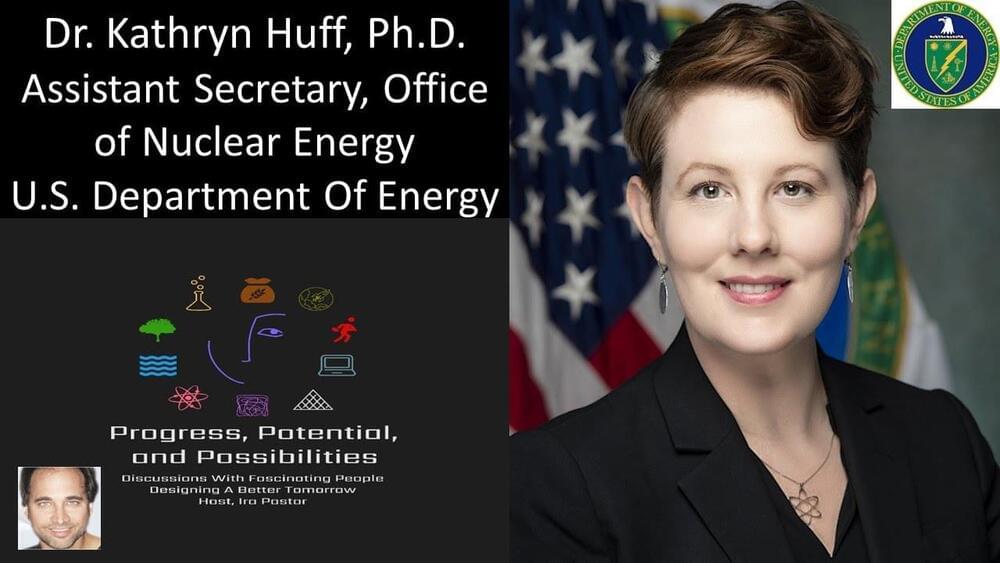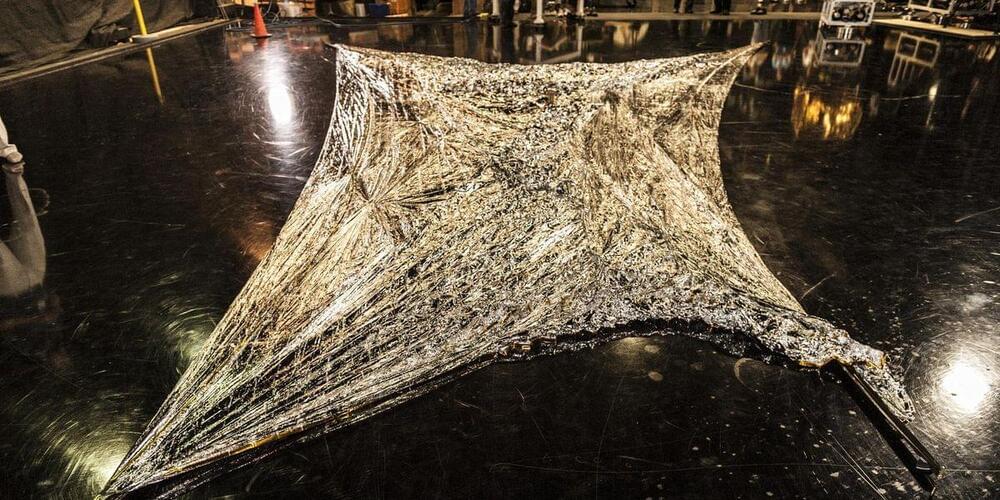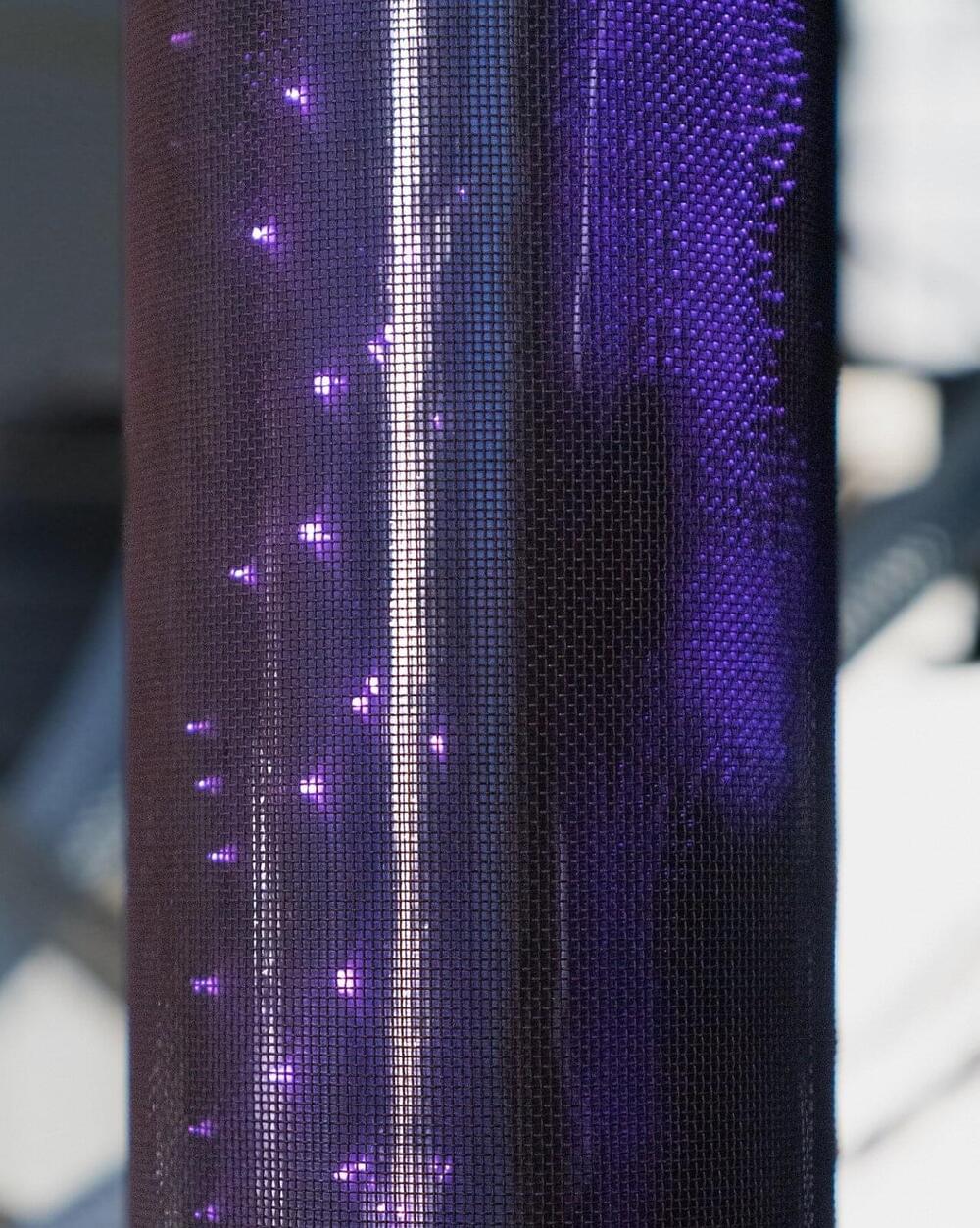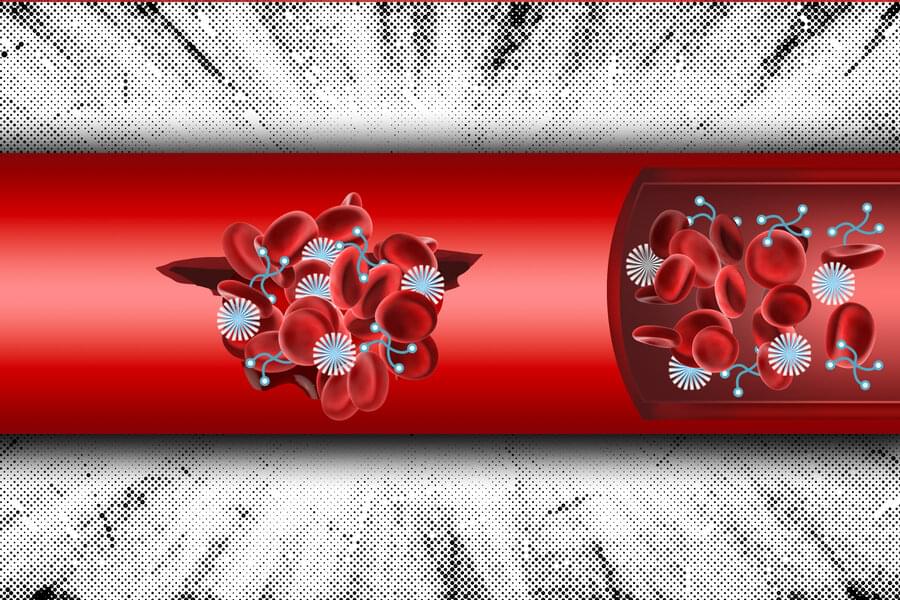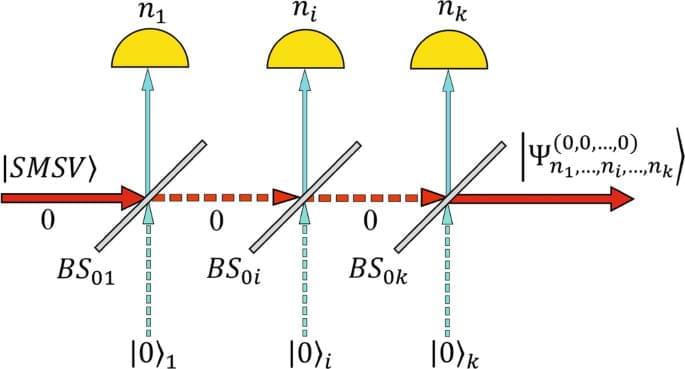May 7, 2023
Quantum lidar prototype acquires real-time 3D images while fully submerged underwater
Posted by Paul Battista in categories: engineering, particle physics, quantum physics, security
For the first time, researchers have demonstrated a prototype lidar system that uses quantum detection technology to acquire 3D images while submerged underwater. The high sensitivity of this system could allow it to capture detailed information even in extremely low-light conditions found underwater.
“This technology could be useful for a wide range of applications,” said research team member Aurora Maccarone, a Royal Academy of Engineering research fellow from Heriot-Watt University in the United Kingdom. “For example, it could be used to inspect underwater installations, such as underwater wind farm cables and the submerged structure of the turbines. Underwater lidar can also be used for monitoring or surveying submerged archaeology sites and for security and defense applications.”
